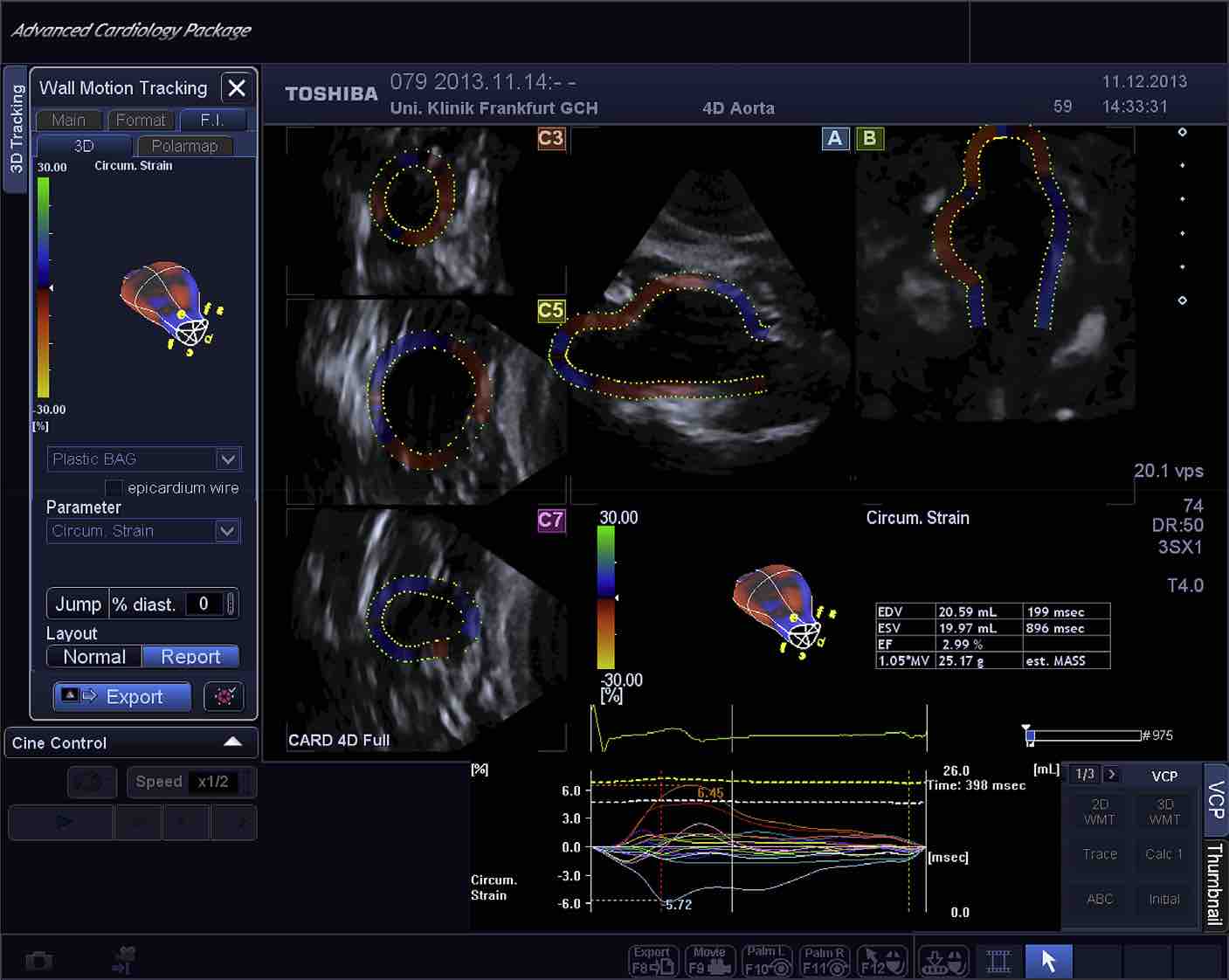ref. EJVES Feb 2016
This one centre long series (55 cases) shows a very good outcome relative to the huge problem that we face with infected graft.
Overall Kaplan–Meier survival was 90.7% at 30 days, 81.5% at 1 year, and 59.3% at 5 years. Graft rupture occurred in three (5%) cases, two of which were caused by graft re-infection (4%). Four patients required major amputation, one of them on arrival and three (5%) during the post-operative period. Nine (16%) patients needed interventions for the vein graft, and two graft limbs occluded during follow up.
Operative tips and tricks
For NAIS, FVs were harvested from popliteal fossa to femoral confluence, leaving the deep FV patent for venous drainage. Side branches were ligated and secured with clips. The first 20 grafts were used in a reversed manner; later on veins were everted and valves excised under direct vision. In most cases, grafts were split proximally and sewn together to match the aortic diameter in a “pantaloon” configuration with 4-0 polypropylene suture. Simultaneously, an infected graft was exposed by a midline (n = 44) or thoraco-lumbar incision (n = 11) and anastomoses were identified. After heparinization the aorta and graft limbs were clamped, grafts were excised, and clearly infected tissue was debrided. The proximal anastomosis of NAIS was reinforced with a piece of tensor fascia lata ( Figure 1 and Figure 2). If there was obvious pus present, the tunnels were flushed with hydrogen peroxide and saline before a new graft was inserted. In a vast majority of cases, distal anastomoses were performed in the groin and covered with a sartorius myoplasty. In a few cases of graft limb shortage, the limb was continued with a saphenous spiral graft or the anastomosis was done more proximally to the iliac artery while closing the femoral artery with a venous patch. When AEF was present, intestinal resection or suture repair was performed by a gastric surgeon. The NAIS was covered with retroperitoneal tissue or omentoplasty and drains were left into the abdominal cavity and to both sartorius muscle pockets.

